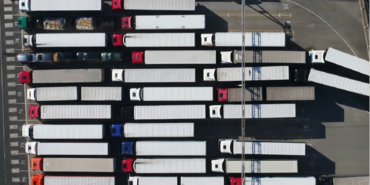StopLoss: tank containers
The intermodal transport of bulk liquid and solid cargoes can present operational challenges for all stakeholders in the transport chain.
This document is intended to be a practitioner’s good practice guide covering all stakeholders through the tank transport chain whether operating, filling, discharging or handling tanks. It is structured in such a way that it follows the natural chronology of the transport chain.
Managing risk in the tank container supply chain
The intermodal transport of bulk liquid and solid cargoes can present operational challenges for all stakeholders in the transport chain.
The portable tank is an intermodal cargo transport unit (CTU) used for the transport of liquids, gases and powders as bulk cargo. Whilst sections of this text may be applicable to the operation of road tank-vehicles, rail tank-wagons, non-metallic tanks and intermediate bulk carriers (IBCs) used for transport, the focus here is the UN portable tank, notably the International Organization for Standardization (ISO) tank container.
For ease of reference, the term “tank” will be used to apply to portable tanks, UN portable tanks, intermodal portable tanks and tank containers, unless specifically noted.
Through the analysis of TT Club’s claims experience there are a number of common errors and misconceptions, which can result in the deterioration or total loss of the cargo and damage to the equipment itself. This document is intended to be a practitioner’s good practice guide covering all stakeholders through the tank transport chain whether operating, filling, discharging or handling tanks. The document is structured in such a way that it follows the natural chronology of the transport chain.
The IMO / ILO / UN ECE Code of practice for packing cargo transport units (CTU Code)1 is mentioned throughout this document. Chapter 2 of the CTU Code defines various functional stakeholders in the modern supply chain whilst Chapter 4 provides details of the responsibilities for each. In addition to the guidance and information contained within this document, all stakeholders need to be aware of national, regional and international regulations concerning the preparation and transport of certain commodities.
Documents
TTC SL22 Tank Containers (1.02 MB) 25/11/2024
- Author
- Staff Author
- Date
- 20/02/2024






